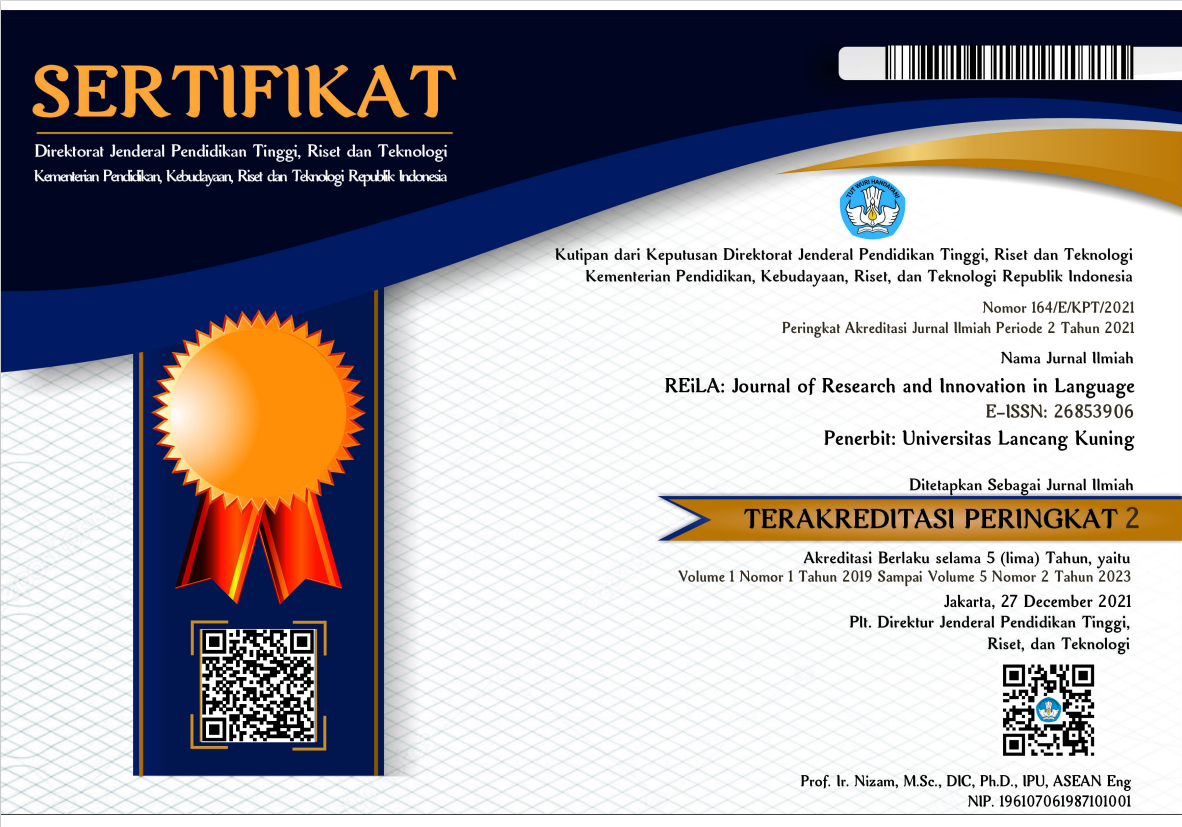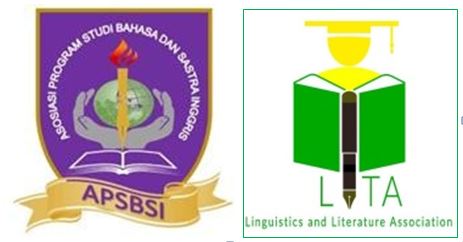Interpretation Strategies and Interpretation Performance in Interlingual and Bilingual Subtitling: A Case of Iranian BA Translation Students
Abstract
The researchers in Interpreting Studies have underrated the importance of interpretation strategies in interpretation courses at the university level in the Iranian context. As a mixed-method study, the present study mainly aimed at discovering the subtitling strategies used in interlingual subtitling and bilingual subtitling by translation students. The researchers selected 30 homogeneous students majoring in Translation Studies which were divided into two experimental groups. During the treatment phase, the researchers worked with each group's students on subtitling strategies on a comedy film, following Peterson's (2005) strategies. The results of the post-tests confirmed that there was a significant difference for interlingual subtitling since the students’ scores increased significantly from the mean score of 24.53 to the mean score of 27.66 as well as for bilingual subtitling since the students’ scores increased significantly from the mean score of 22.80 to the mean score of 27.13. However, the results revealed no significant difference in students' interpretation scores for interlingual and bilingual subjects. The results of the interviews also supported the effectiveness of audio-visual activities on oral translation. Translation students should pay attention to how they foster their interpreting competence and find the type of subtitling that is more beneficial.
Downloads
References
Akef, K., & Vakili, T. (2010). A comparative analysis of culture specific items in two English translations of Savushun. JELS, 2 (4), 157-168.
Alavi, S. Y., Karimnia, A., & Salehizadeh, S. (2013). Translation of taboos from English into Persian: A skopos-based study. Elixir Ling. & Trans, 54, 12289-12292.
As-Safi, A. B. (2001). Lexicalization and modalization of prepositions in English-Arabic translation. International Journal of Arabic-English Studies, 2 (2), 1-17.
Baker, M. (1998). Routledge encyclopedia of translation studies. London: Routledge.
Broddason, T. (2006). The Instructional Value of Subtitles. Informal learning and digital media: constructions, contexts, consequences.: University of Southern Denmark, 21-23.
Chesterman, A. (2000). A causal model for translation studies. In O. Maeve (Ed.), Intercultural Faultlines (15-27). Manchester: St. Jerome Publishing.
Cohen, J. (1992). Quantitative methods in psychology. Psychological Bulletins, 112 (1), 155-159.
Darwish, A. (2003). The Transfer Factor: Selected essays on translation and cross-cultural communication. Australia: Writescope Publishers.
Davies, M. G. (2004). Multiple voices in the translation classroom: Activities, tasks and projects. Amsterdam, the Netherlands: John Benjamins Publishing Company.
Gambier, Y. (2003). Screen transadaptation: Perception and reception. The Translator, 9 (2), 171-189.
Gile, D. (1995). Basic concepts and models for interpreter and translator training. Amsterdam & Philadelphia: John Benjamins.
Gottlieb, H. (1992). Subtitling-a new university discipline. In C. Dollerup & A. Loddegaard (Eds.), Teaching translation and interpreting: Training, talent and experience (pp. 161-170). Amsterdam: John Benjamins Publishing Company.
Gottlieb, H. (1998). Subtitling. In M. Baker (ed.), Routledge encyclopedia of translation studies (pp. 261-274). London-New York: Routledge.
Holmes, J. S. (2004). The name and nature of translation studies. In L. Venuti (ed.), The translation studies reader (pp. 180–92). Oxford: OUP.
Hulme, C. (2000). Language processing mechanisms and immediate memory: Possible implications for simultaneous interpreting. ASCONA: Complex Cognitive Processes.
Jalilzadeh, K., Modarresi, Gh., & Rohani, H. (2020). A Comparative study of instruction types and reading comprehension for young learners. In H. H. Uysal, Political, pedagogical and research insight into early language education (123-132). UK: Cambridge Publishing Press.
Karamintroglou, F. (1999). A proposed set of subtitling standards in Europe. Translation Journal, 2 (2), 12-26.
Khakshour Forutan, M., & Modarresi, Gh. (2018). Translation of cultural taboos in Hollywood movies in professional dubbing and non-professional subtitling. Journal of Intercultural Communication Research, 47(6), 454-473.
Khoramy, F., & Modarresi, Gh. (2019). A Rasch-based validation of the evaluation rubric for consecutive interpreting performance. Sendebar, 30, 221-244.
Kilborn, K. (1991). Selective impairment of grammatical morphology due to induced stress in normal listeners: Implications for aphasia. Brain and Language, 41(2), 275-288.
Kutz, W. (1994). Interpreter training according to a competency model. In H. Breitung (Ed.), Interpreter and translator training (pp. 89-96). USA: UW-SP Foundation Press.
Luyken, G. M., Herbst, T., Langham-Brown, J., Reid, H. & Spinhof, H. (1991). Overcoming language barriers in television. Manchester: The European Institute for the Media.
McCoy, C. (2016). Good kids. Los Angeles: Voltage Pictures.
Mendez, F. Z. (2001). The shortened Spanish version of the personal report of confidence as speaker: Reliability and validity in adolescent population. Behavioral Psychology, 12 (1), 25-42.
Mizuno A. (2005). Process model for simultaneous interpreting and working memory. Meta, 50 (2), 739-752.
Modarresi, Gh. (2019). Developing and validating involvement in translation scale and its relationship with translation ability. Forum: International Journal of Interpretation and Translation, 17(2), 225-248.
Modarresi, Gh., & Alavi, S. M. (2014). Designing and validating a test battery of computerized dynamic assessment of grammar. TELL, 14 (2), 1-29.
O’Connell, E. (2007). Screen Translation. In P. Kuhiwczak & K. Littau (Eds.), A companion to translation studies (pp.120-133). Toronto: Multilingual Matters Ltd.
Osaka, M. (2002): Nou no memo-cho: wakingu memori (Working memory: The sketchpad in the brain). Tokyo: Shinyosha.
Pedersen, J. (2005). How is culture rendered in subtitles. Challenges of multidimensional translation: Conference proceedings, 32, 1-18.
Sedighi, A., & Tabrizi, S. N. (2012). On audio-visual translation: The effect of norms of dubbing taboos into Persian movies after the Islamic revolution in Iran. Journal of Language and Translation, 3 (1), 37-49.
Sponholz, C. (2003). Teaching audio-visual translation theoretical aspects, market requirements, university training and curriculum development. Unpublished thesis, Retrieved October 12, 2008, Retrieved from http://isg.urv.es/library/papers/thesis_Christine_Sponholz.doc
Szarkowska, A. (2005). The power of film translation. Translation Journal, 3(3). Retrieved October 2016 from: http://accurapid.com/journal/09av.htm.
Wu, S. C. (2010). Assessing simultaneous interpreting: A study on test reliability and examiners assessment behavior (Unpublished PhD thesis). The School of Modern Languages, Newcastle University.










